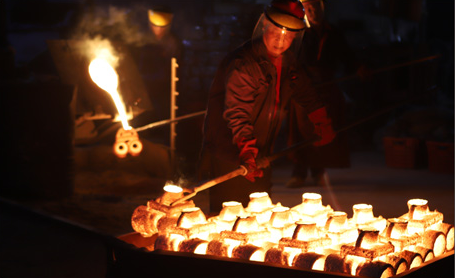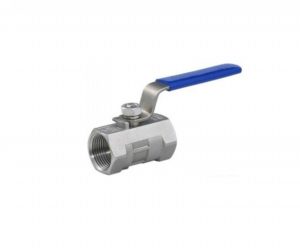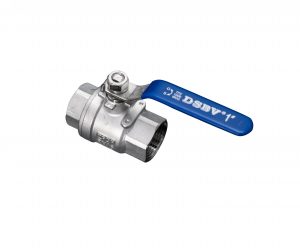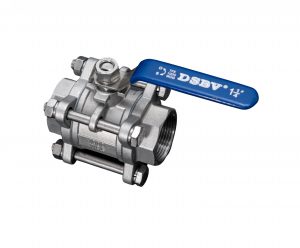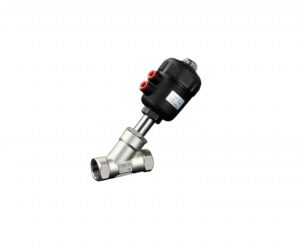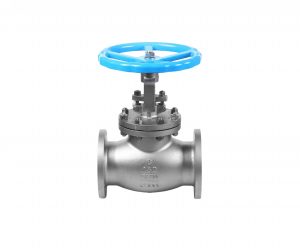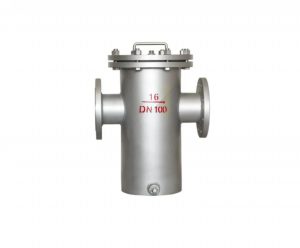Valve Casting Process
Mold Preparation
Based on the valve’s design drawings and dimensions, molds are made to fit the shape of the valve. Sand molds or metal molds are typically used.
Metal Melting
The appropriate metal alloy is melted according to the valve’s material requirements, ensuring that the alloy composition meets the standards.
Metal Pouring
The molten metal alloy is slowly poured into the prepared mold, ensuring that it fills the mold completely and preventing the formation of bubbles.
Cooling and Solidification
After the metal has fully cooled and solidified, the valve is removed from the mold.
Deburring
The valve’s surface is cleaned of burrs and uneven parts to ensure the valve’s appearance and surface quality.
Machining and Assembly
The valve undergoes further machining and assembly, as needed, to achieve the required precision and functionality.
Inspection and Testing
Rigorous inspection and testing are conducted on the completed valve to ensure its sealing, pressure resistance, and functional reliability.
Surface Treatment
Depending on requirements, the valve may undergo surface treatment, such as coating with anticorrosive layers or plating.
Featured Products
Feugiat pretium nibh ipsum consequat commodo.
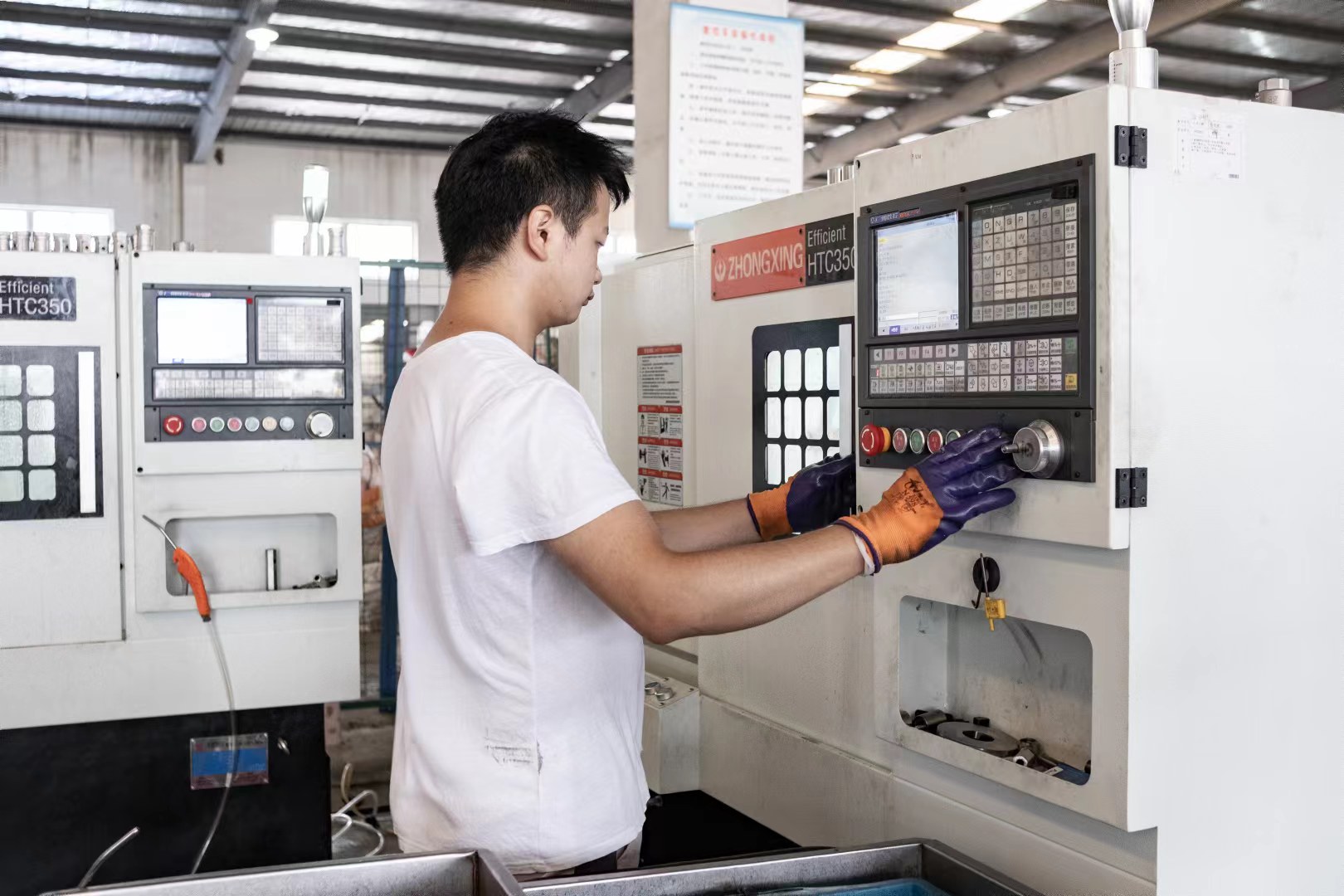
About Us
If you have any questions, please call:+86 13075786671
Latest News
Feugiat pretium nibh ipsum consequat commodo.
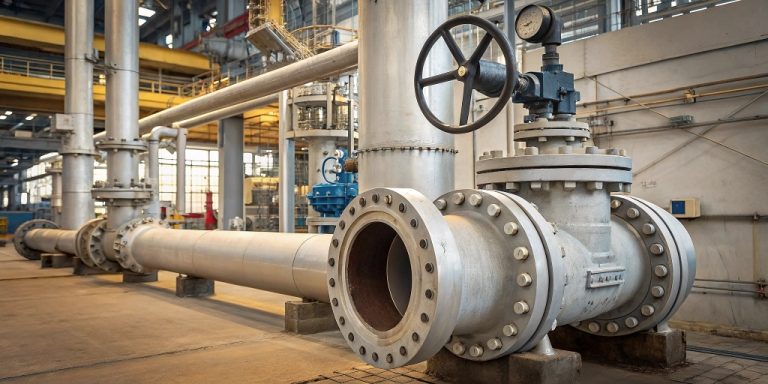
How Can You Master Flange Valve Product Selection?
Are you struggling with choosing the right flange valve? It…
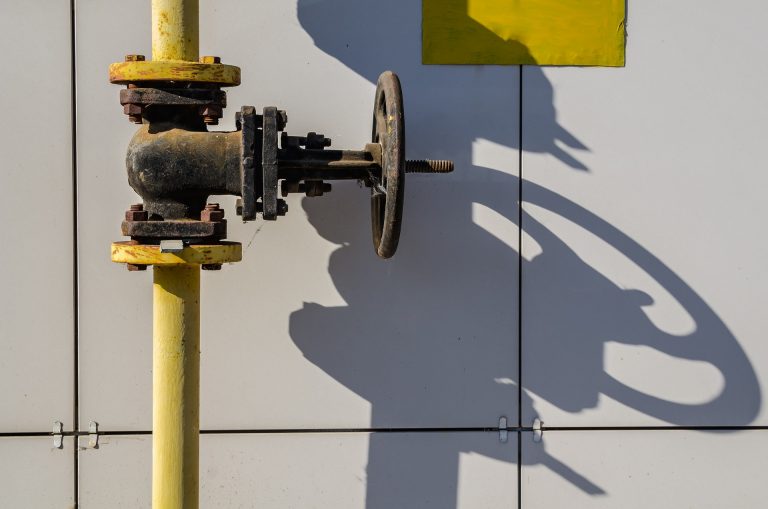
The selection methods for common valves
1 Valve selection key points 1.1 Clearly define the purpose…
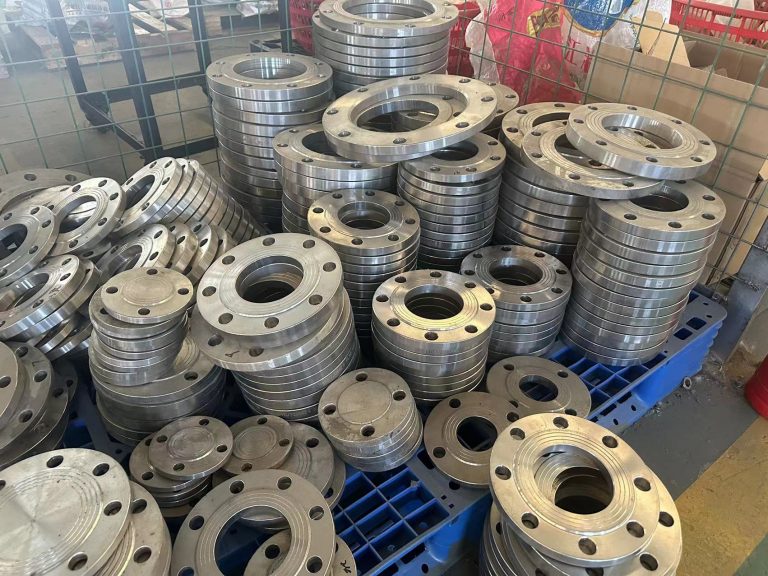
The reasons for the cracking of large-diameter flanges
A company’s dehydrogenation reactor experienced a leak at the takeover…

